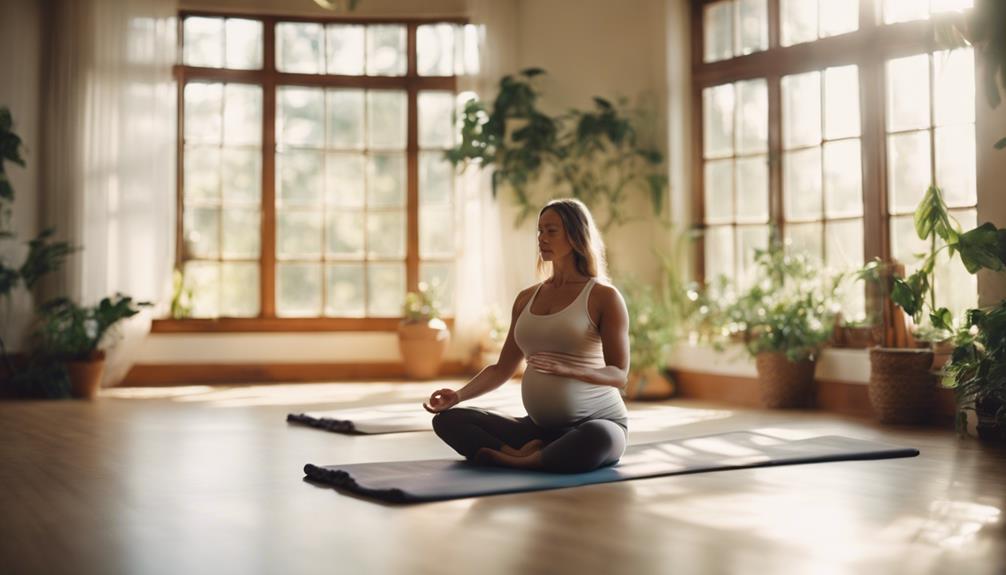Is Hot Yoga Better Than Regular

“`markdown
# Is Hot Yoga Better Than Regular? A Comprehensive Analysis
Hot yoga has gained immense popularity in recent years, but the question remains: is hot yoga better than regular yoga? This blog post will explore the unique benefits, potential drawbacks, and overall effectiveness of hot yoga compared to traditional practices. By the end, you’ll have a clearer understanding of which yoga style may suit your needs better.
Understanding Hot Yoga: What Makes It Unique?
Hot yoga typically refers to yoga practiced in a heated room, often at temperatures ranging from 90°F to 105°F (32°C to 40°C). This environment is designed to mimic the conditions found in India, where yoga originated. The heat aims to enhance flexibility, promote detoxification through sweating, and elevate the heart rate, providing a cardiovascular workout. The most popular form of hot yoga is Bikram Yoga, which consists of a series of 26 postures and two breathing exercises performed in a specific sequence. Understanding these unique aspects is essential when comparing hot yoga to regular yoga.
The Benefits of Hot Yoga: Is It Worth the Heat?
One of the most significant advantages of hot yoga is its potential to improve flexibility. The heat allows muscles to relax and stretch more deeply, which can be appealing to practitioners looking to enhance their range of motion. Additionally, the increased heart rate during a hot yoga session can provide cardiovascular benefits, making it a more vigorous workout than traditional yoga styles. Moreover, hot yoga enthusiasts often report feelings of euphoria and relaxation post-session, attributing this to the intense physical exertion combined with the calming effects of yoga practice.
Regular Yoga: The Classic Approach to Mind and Body
Regular yoga, often practiced at room temperature, focuses on various styles such as Hatha, Vinyasa, Yin, and Ashtanga. Each of these styles offers distinct benefits, including improved strength, balance, and mental clarity. Unlike hot yoga, regular yoga emphasizes mindfulness and breath control without the intensity of heat. This makes it more accessible to beginners and those with health concerns. Regular yoga sessions can be modified to suit different fitness levels, allowing practitioners to progress at their own pace.
Potential Risks: Is Hot Yoga Safe for Everyone?
While hot yoga presents numerous benefits, it’s essential to consider the potential risks. The elevated temperatures can lead to dehydration, heat exhaustion, or even heat stroke, particularly for those who are not accustomed to such conditions. Furthermore, individuals with certain medical conditions, such as cardiovascular issues or pregnancy, should consult a healthcare provider before attempting hot yoga. In contrast, regular yoga generally poses fewer risks, making it a safer option for a broader audience.
Hydration and Preparation: Key Factors in Hot Yoga
If you decide to try hot yoga, proper hydration and preparation are crucial. Drinking water before, during, and after your session is vital to replace fluids lost through sweating. Additionally, wearing breathable, moisture-wicking clothing can enhance comfort and performance. Practitioners should also familiarize themselves with the specific poses and sequences to maximize their experience. Regular yoga, while still requiring some level of preparation, doesn’t demand the same level of hydration and environmental awareness, making it easier for newcomers to get started.
Community and Environment: The Social Aspect of Yoga
Another factor to consider when asking, “is hot yoga better than regular?” is the community and environment each practice fosters. Hot yoga studios often create a high-energy atmosphere, encouraging participants to push their limits and connect through shared experiences. This camaraderie can be motivating, particularly for those who thrive in a competitive environment. Conversely, regular yoga classes often emphasize a more tranquil and introspective setting, allowing for personal reflection and a deeper connection to one’s practice. Depending on your preferences, one environment may resonate with you more than the other.
Cost and Accessibility: Choosing the Right Yoga for You
Cost and accessibility are also vital considerations when determining whether hot yoga or regular yoga is better. Hot yoga classes are often more expensive due to the specialized facilities and higher overhead costs associated with maintaining a heated studio. Additionally, there may be fewer hot yoga studios available in some areas, making it less accessible. Regular yoga classes, on the other hand, are typically more affordable and available in various settings, from studios to community centers and online platforms. If budget and convenience are significant factors for you, regular yoga may be the more practical choice.
Final Thoughts: Finding Your Yoga Fit
Ultimately, whether hot yoga is better than regular yoga depends on your personal goals, preferences, and physical condition. If you seek an intense workout that promotes flexibility and cardiovascular health, hot yoga might be the way to go. However, if you prefer a gentler approach focused on mindfulness and mental clarity, regular yoga may be more suitable. It’s essential to try both styles to see which one resonates with you, as personal experience is often the best indicator of what works for you.
In conclusion, both hot yoga and regular yoga offer unique benefits and challenges. Understanding the differences between the two can help you make an informed decision about which practice best fits your lifestyle and wellness goals. Remember, the most important aspect of any yoga practice is consistency and finding joy in movement, regardless of the temperature in the room.
“`What Is The Best Chair Yoga App For SeniorsHow To Disable Touch Screen Lenovo YogaCan I Do Yoga After Botox